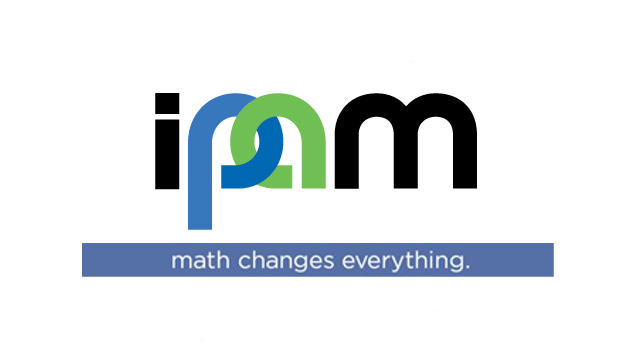Atomistic Materials Simulation Using Quantum-Accurate Interatomic Potentials
Presenter
February 25, 2015
Abstract
Aidan Thompson
Sandia National Laboratories
Multiscale Science
Molecular dynamics (MD) is a powerful condensed matter simulation tool for bridging between macroscopic continuum models and quantum models (QM) treating a few hundred atoms, but it is limited by the accuracy of the interatomic potential. Sound physical and chemical understanding of these interactions have resulted in a variety of concise potentials for certain systems, but it is difficult to extend them to new materials and properties. The solution is obvious but challenging: develop more complex potentials that reproduce large QM datasets. The growing availability of large QM data sets has made it possible to use automated machine-learning approaches for interatomic potential development. Bartok et al. demonstrated that the bispectrum of the local neighbor density provides good regression surrogates for QM models using Gaussian process regression (GAP). We adopt a similar bispectrum representation within a linear regression scheme that we call SNAP. We have produced potentials for tantalum and indium phosphide. Results will be presented demonstrating the accuracy of these potentials relative to the training data, as well as their ability to accurately predict material properties not explicitly included in the training data. Comparing to recent QM calculations of screw dislocation cores in BCC tantalum, we observe that the SNAP potential gives the correct core structure and the correct energy barrier for screw dislocation motion, unlike existing EAM and ADP potentials.
